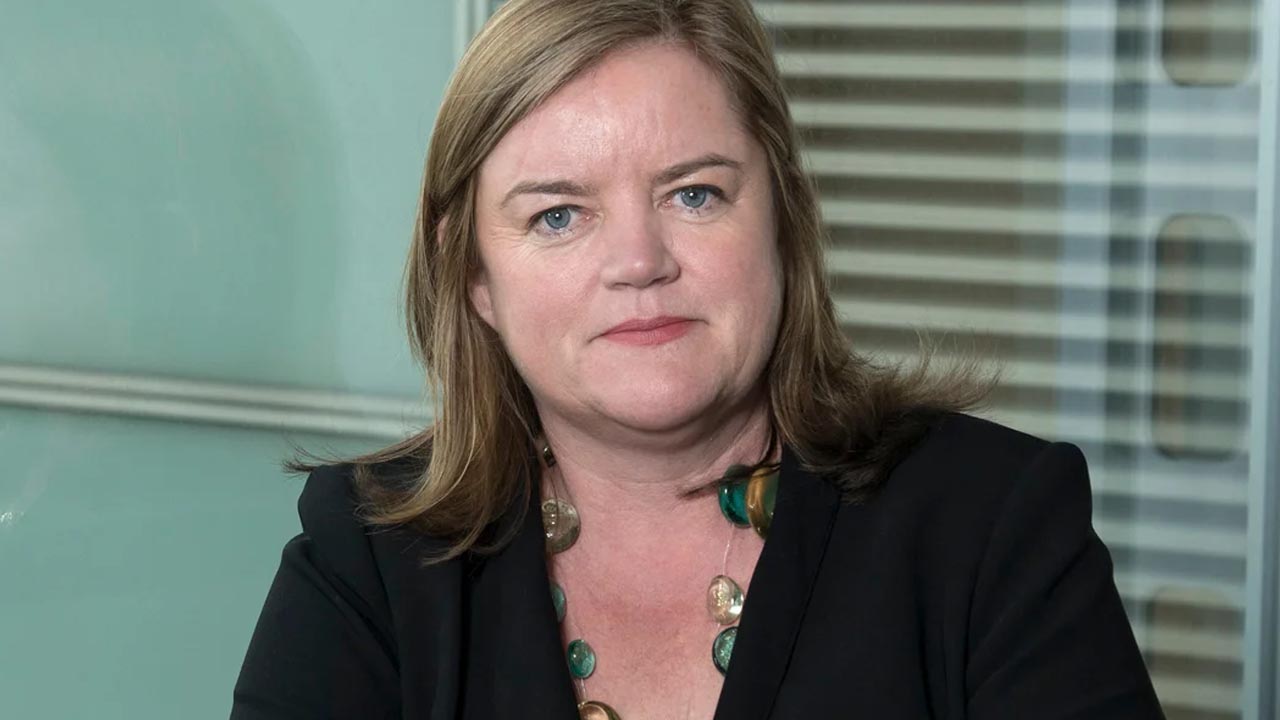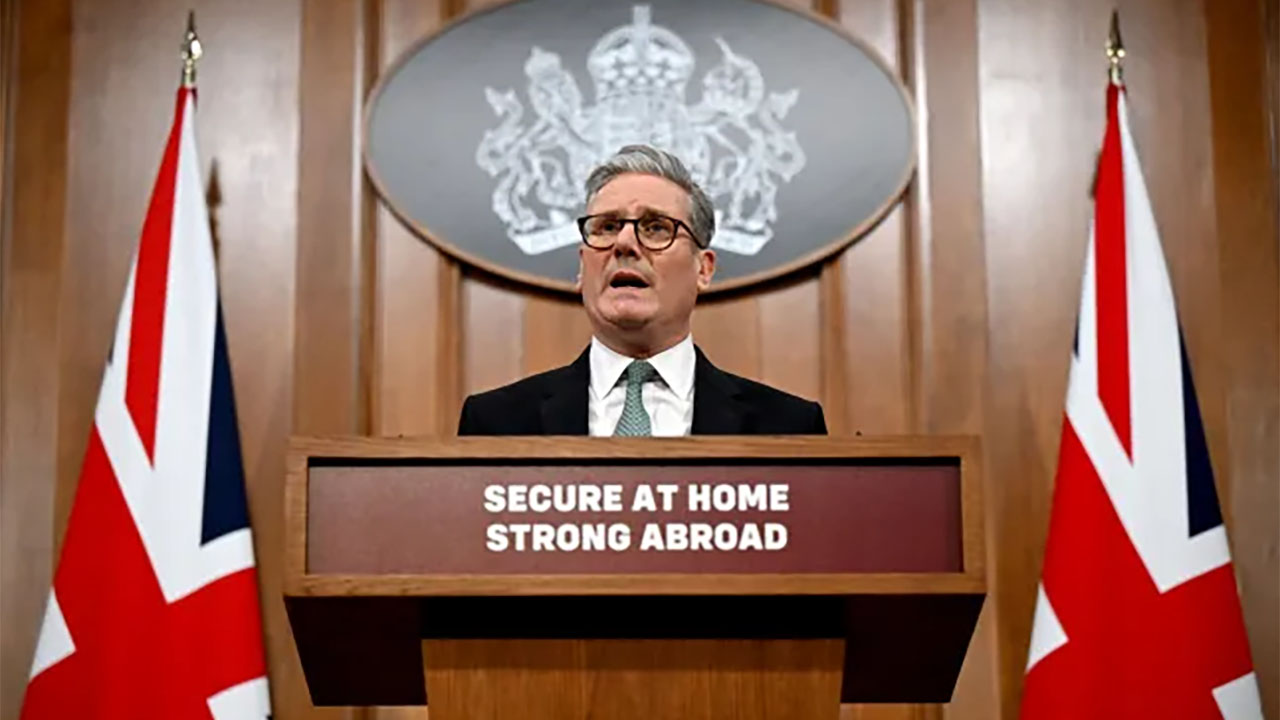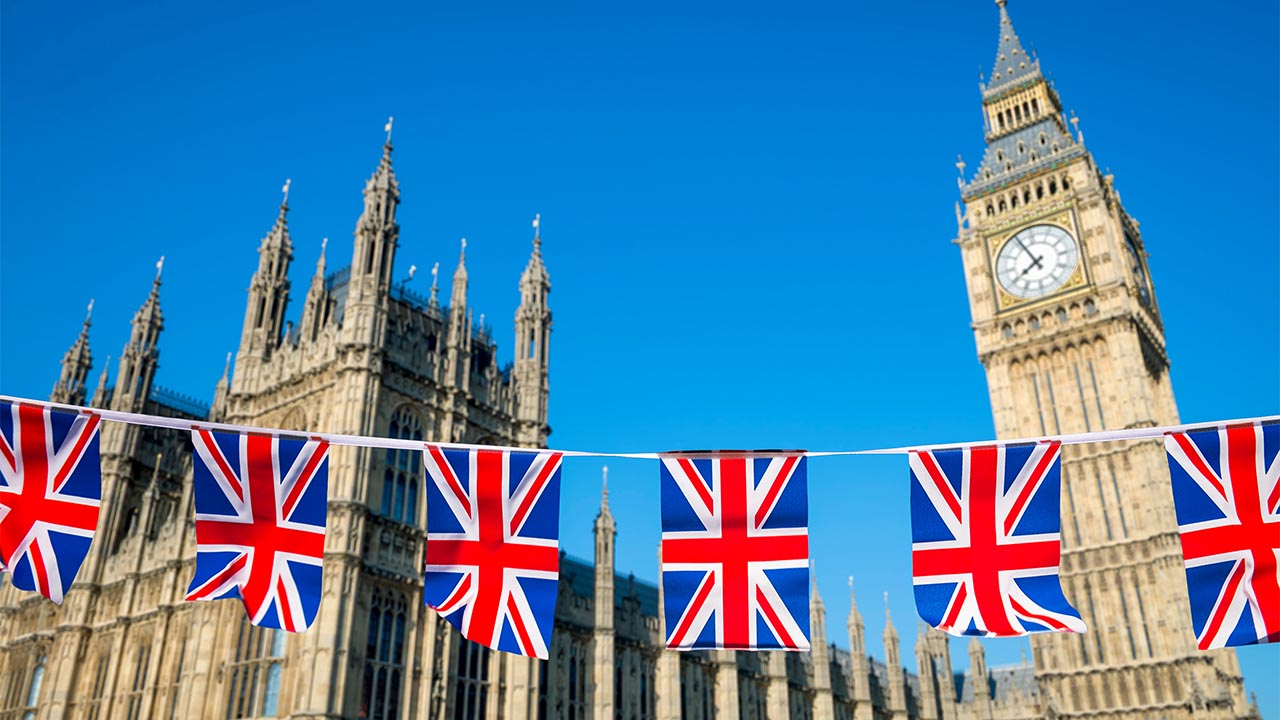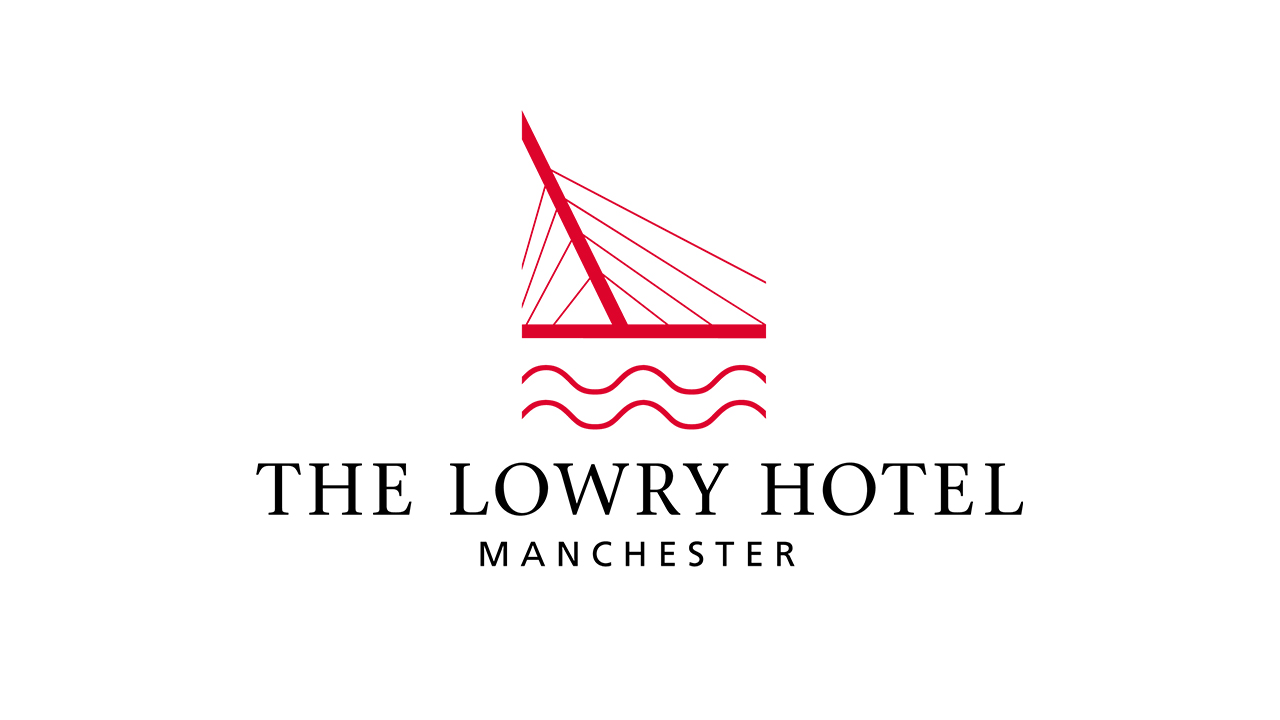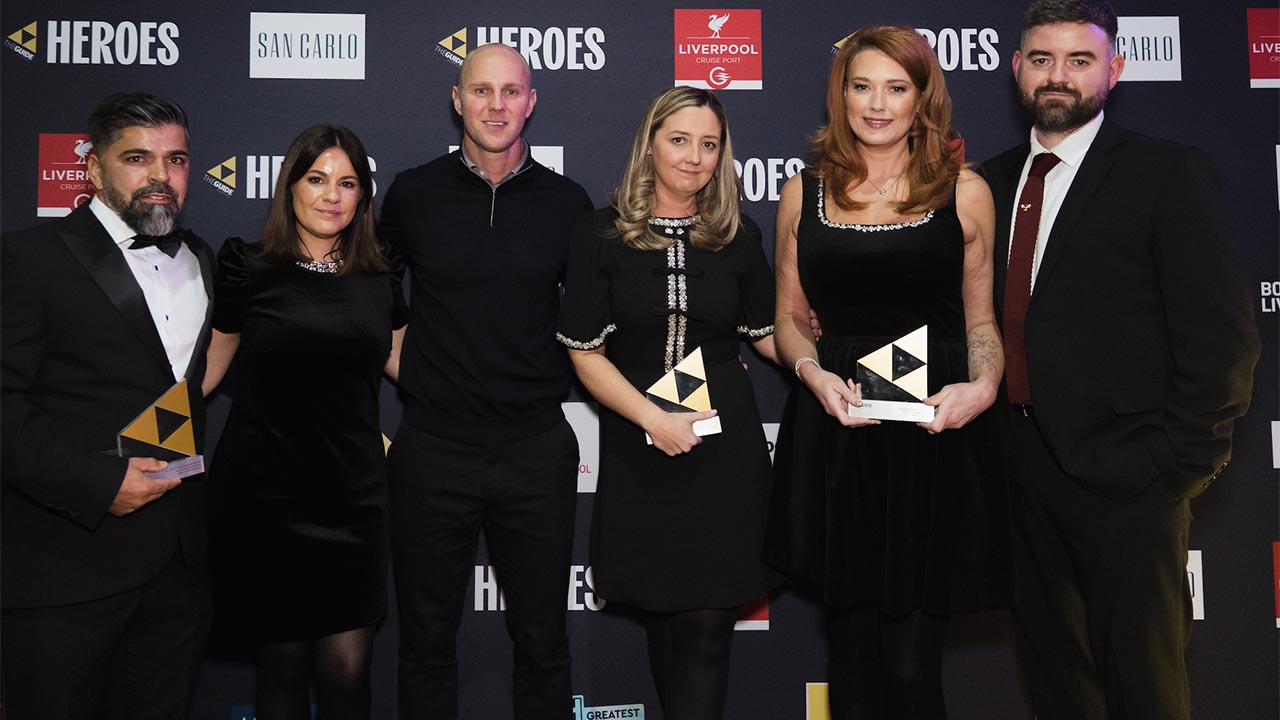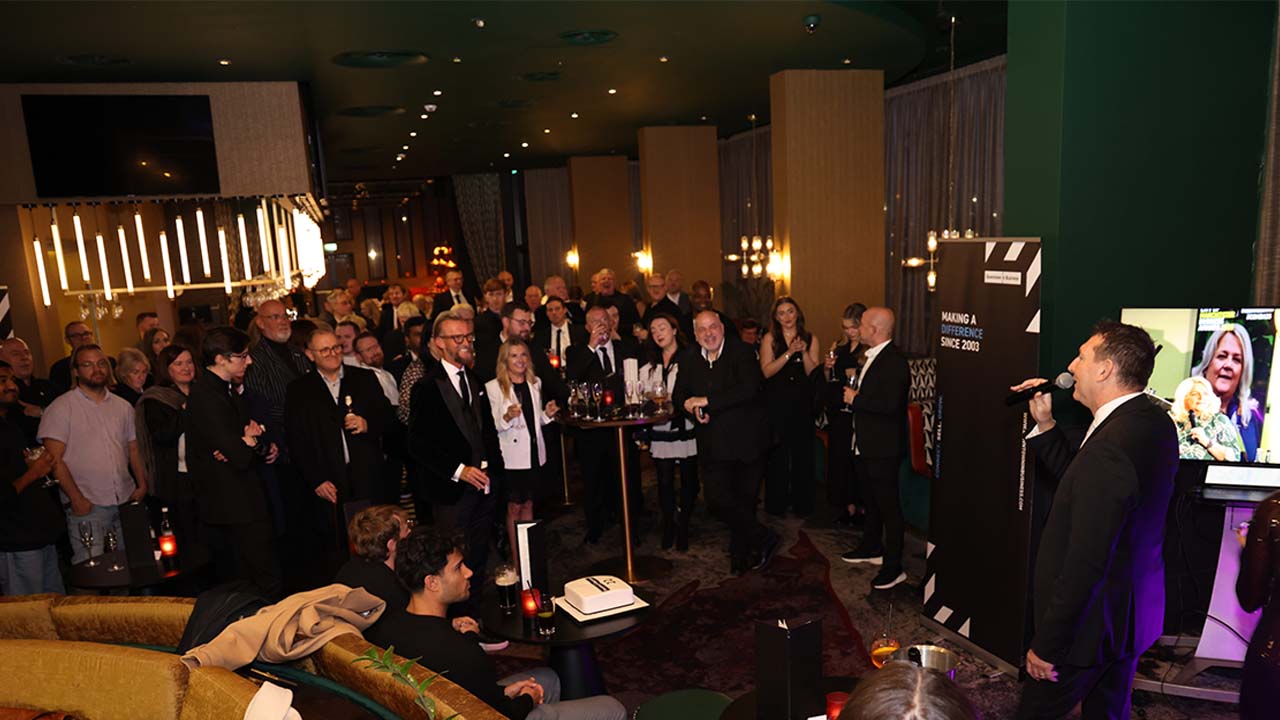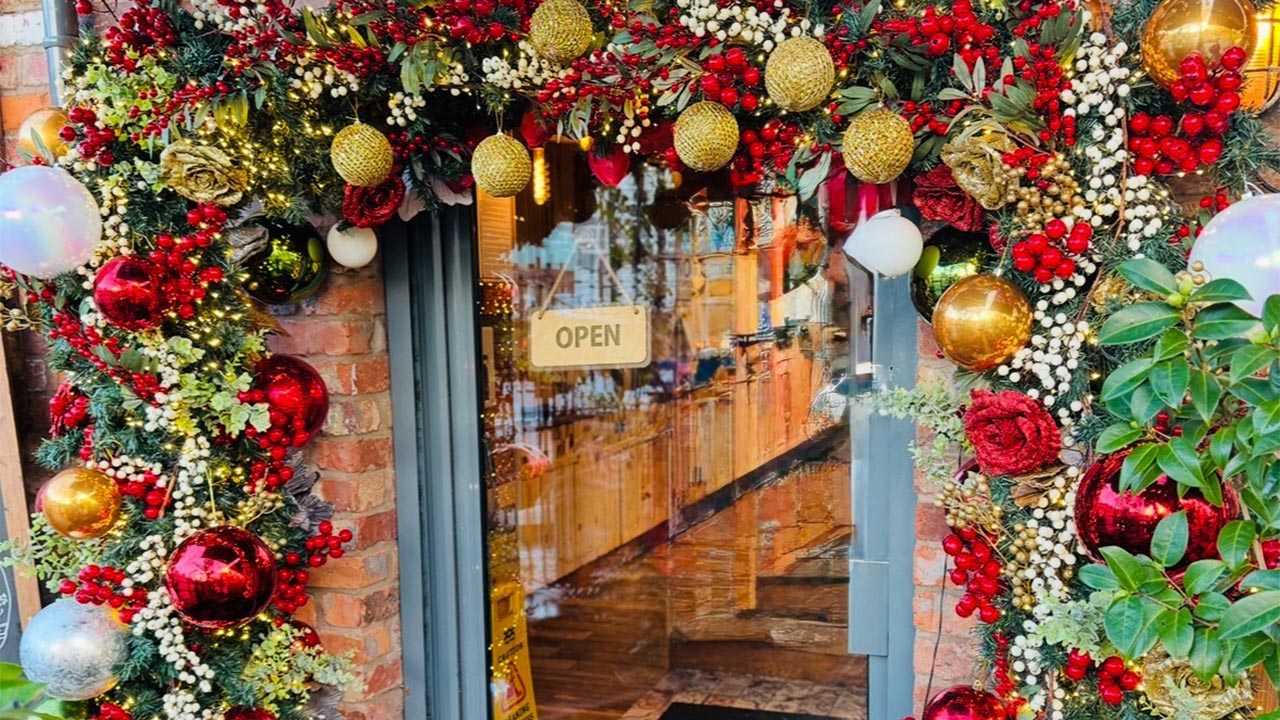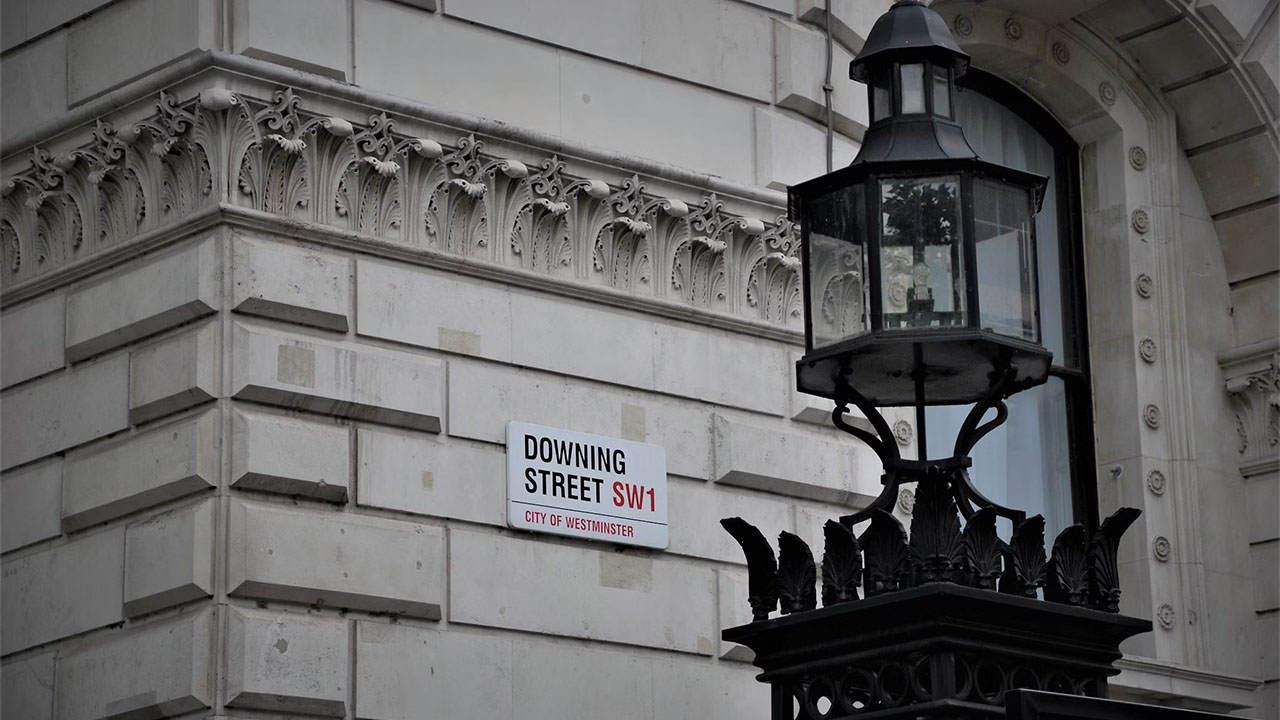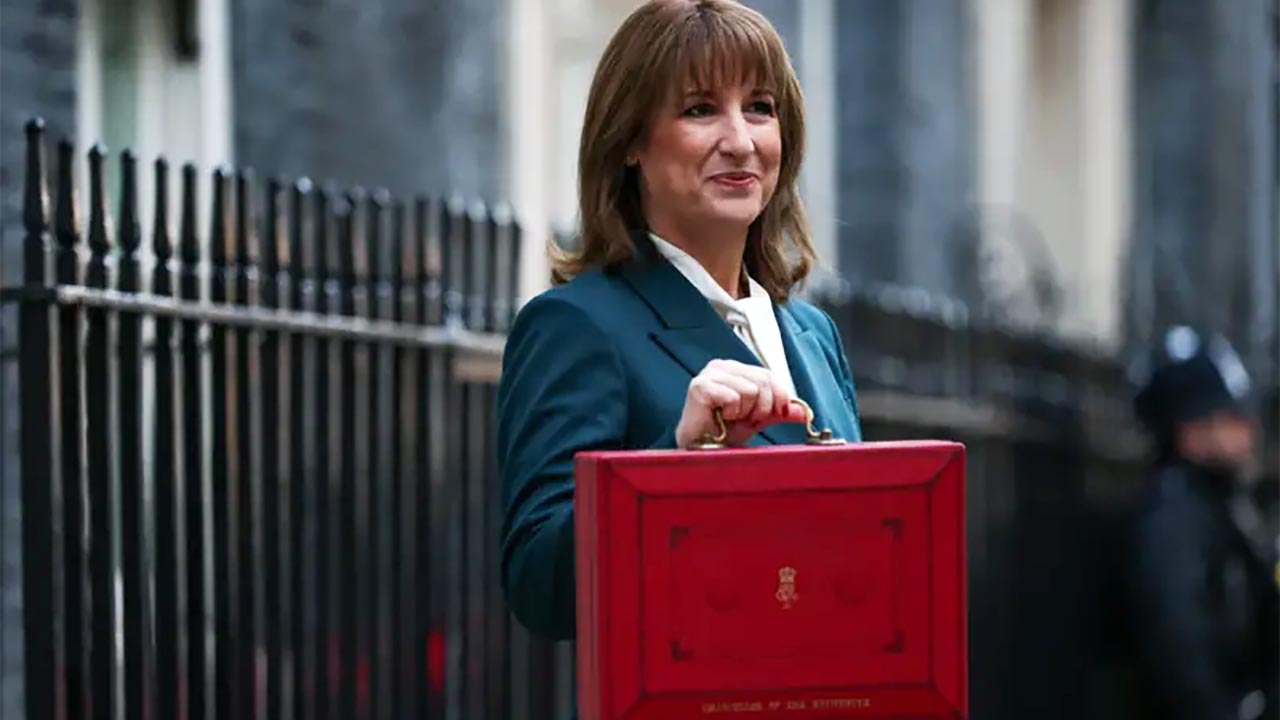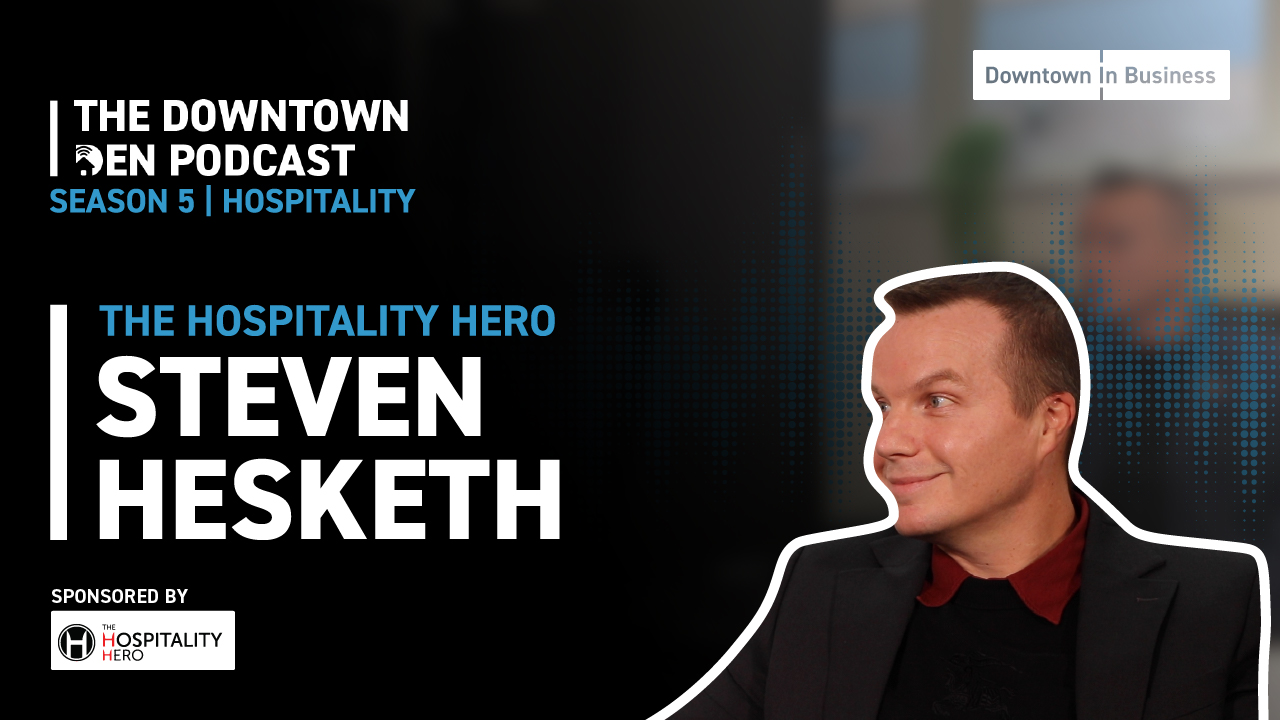If there’s a Russian equivalent of polling expert Professor Sir John Curtice, they must have plenty of time on their hands. Not for them the all night TV and radio shows interpreting the exit polls, swing votes, marginal seats changing hands, shock defeats and what a new Parliament would look like after a general election. In Russia, the result was as predictable as it is chilling – Putin’s back for another six years, any opposition either manufactured to make it look like democracy or his real opponents in prison, in exile or in the ground. Putin plays a long game, he has time and patience which is why when the West barely tut-tutted over the annexation of Crimea in 2014, he invaded Ukraine in 2022. Five years ago, few would have predicted a ground war in Europe, battles in trenches, tanks, artillery and thousands of people killed, thousands more still fighting. The chill wind of Putin’s ambition blows across the Baltics, Scandinavia and ever closer to us with talk of conscription, increased defence spending and fears over what a second Trump term in the White House might mean. Probably not Russian tanks rolling up Whitehall but another, unseen war is already well underway and at the moment Russia is winning. That’s the view of Lord Jonathan Evans, former head of MI5, speaking at an event I was at last night. He talked about how ‘malicious states’ know the most effective way to weaken their opponents is to attack social cohesion, creating division, suspicion and ‘stirring things up.’
Forget James Bond or even Jackson Lamb, this threat is faceless and computer generated. Millions and millions of bits of disinformation, fake news, social media posts and propaganda, creating distrust in democracy. Russia did it to great effect in the 2016 US Presidential election, discrediting the Clinton campaign and by doing so, helping Trump claim victory.
I asked Lord Evans what, if anything, governments and security services could do to stop this deluge of misinformation. His answer was not much but that it is vital we raise awareness and educate people – starting in school, encouraging people to question the source and accuracy of information.
Which takes us to the Princess of Wales and the apparently doctored photo of her with her children. I think we should take comfort in the fact that major global photo agencies did exactly that and checked its accuracy which is what led them to withdraw it and issue what’s called a ‘kill notice’ to all news outlets. We know the oft maligned BBC tries to be scrupulous in verifying information before it’s broadcast but we also know how quickly a twitter storm or mobile phone footage can become a story that everyone’s got an opinion on whether it’s true or not. That’s partly because of under resourced newsrooms and media outlets who just don’t have the capacity to send out reporters, get their own authentic pictures or time to double check something. But it’s also because we’ve forgotten how to be forensically curious which is the difference between journalism and opinion – the Who, Why, When, Where and How questions.
Personally I didn’t notice, and cared even less about something apparently dodgy about Princess Charlotte’s cardigan but I have a hunch it might simply be a jumper that was badly knitted but sent with gushing love by Auntie Meghan in California as part of a dastardly plan to shake the Waleses. Put that theory on social media and watch it unravel like a ball of wool.



